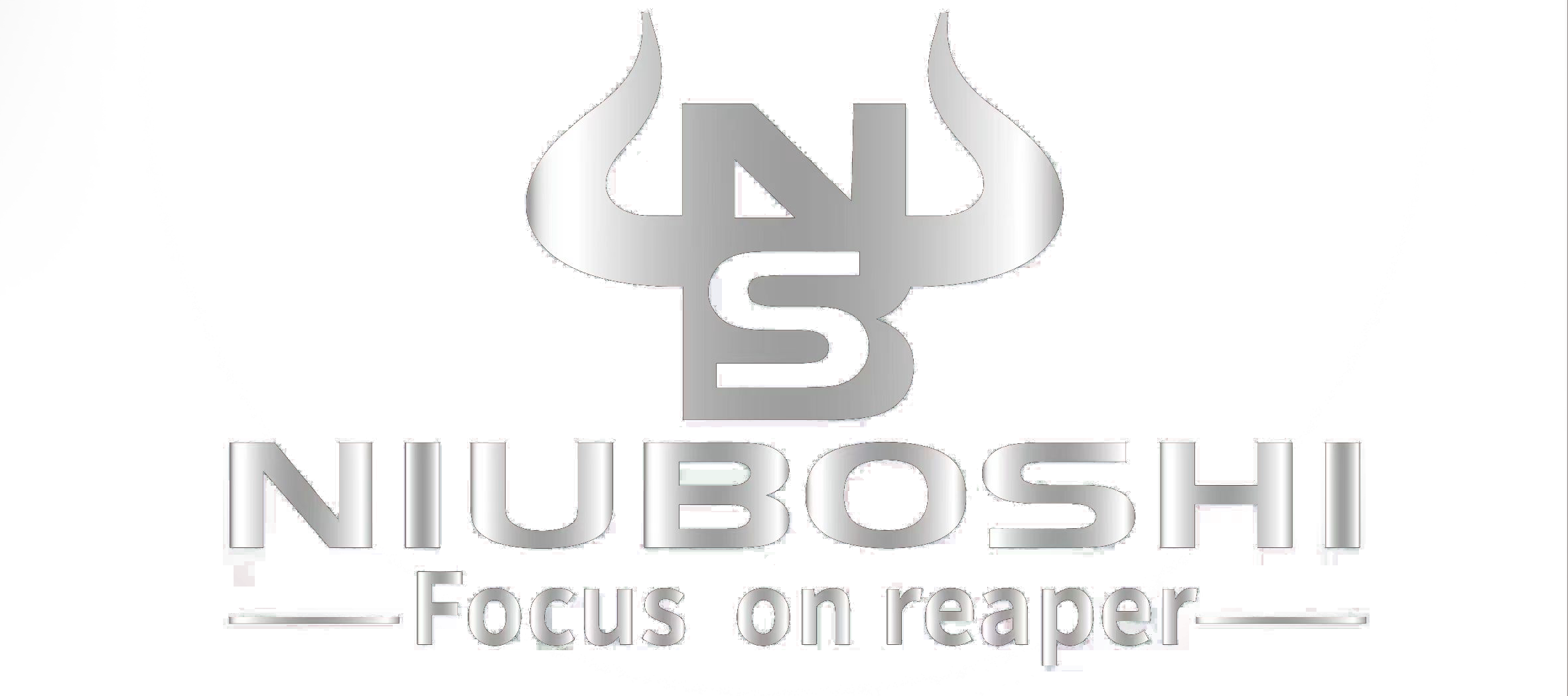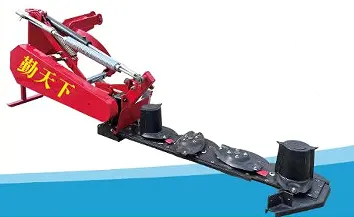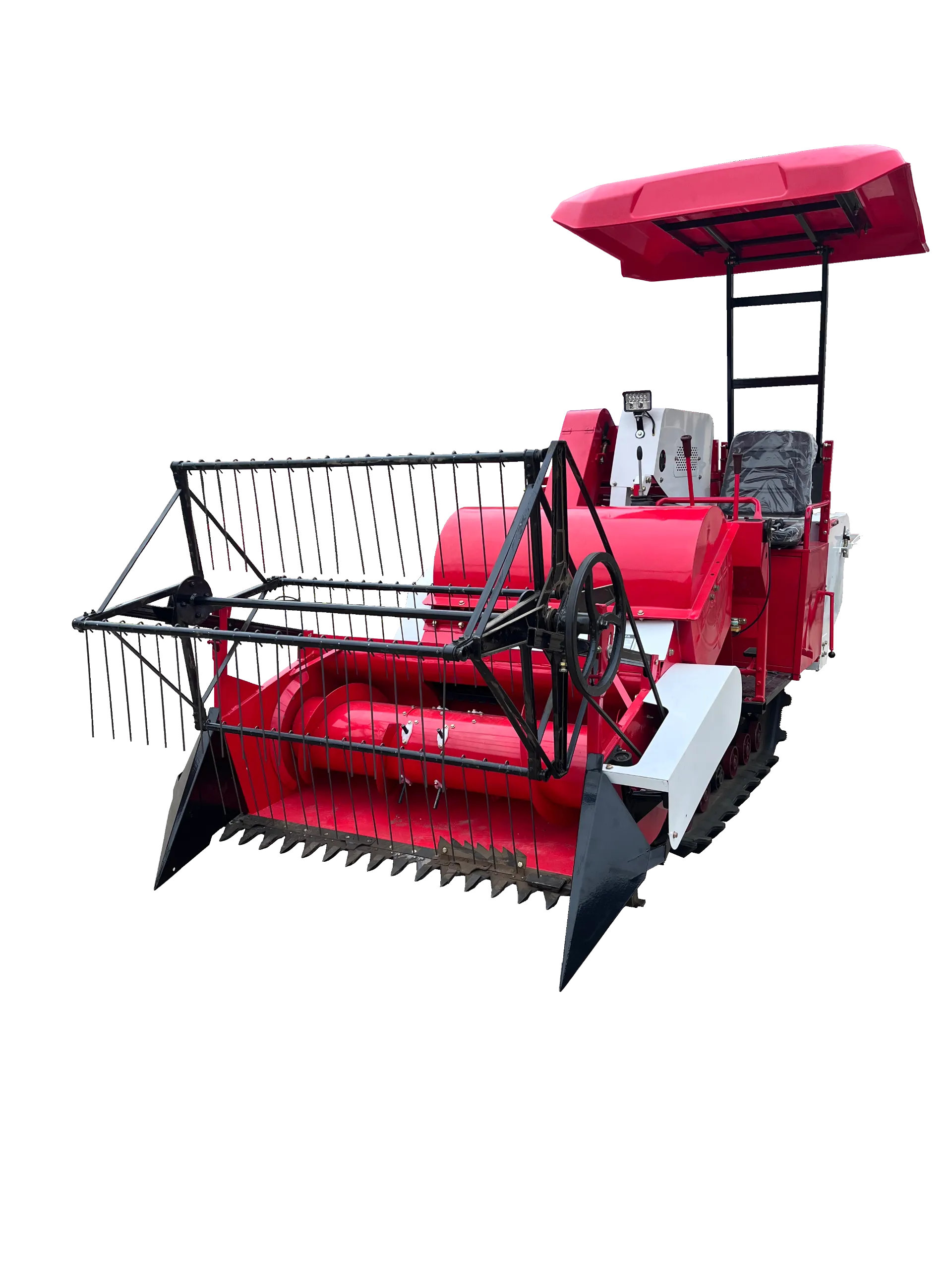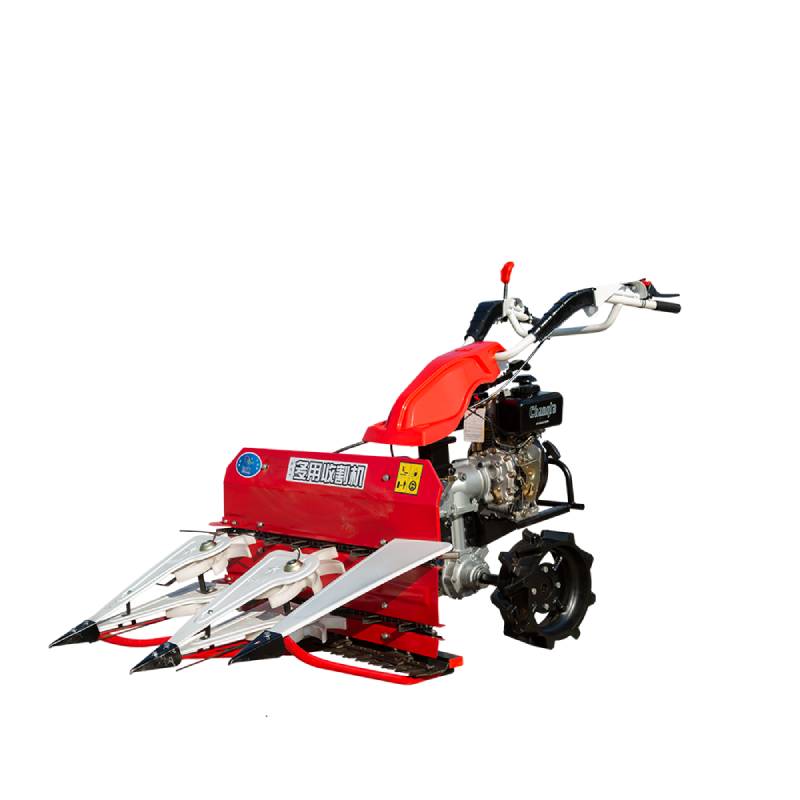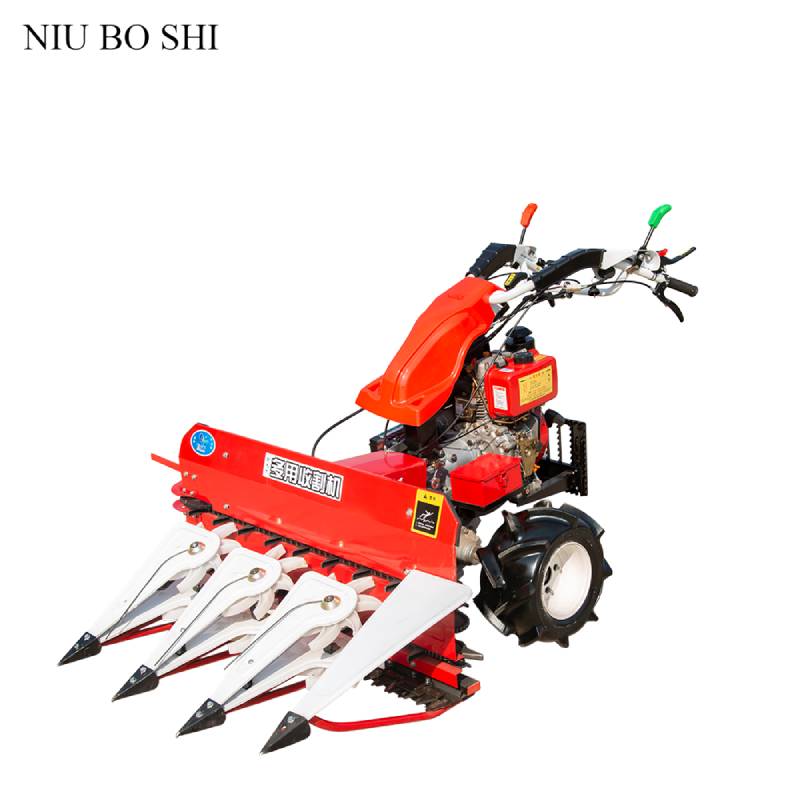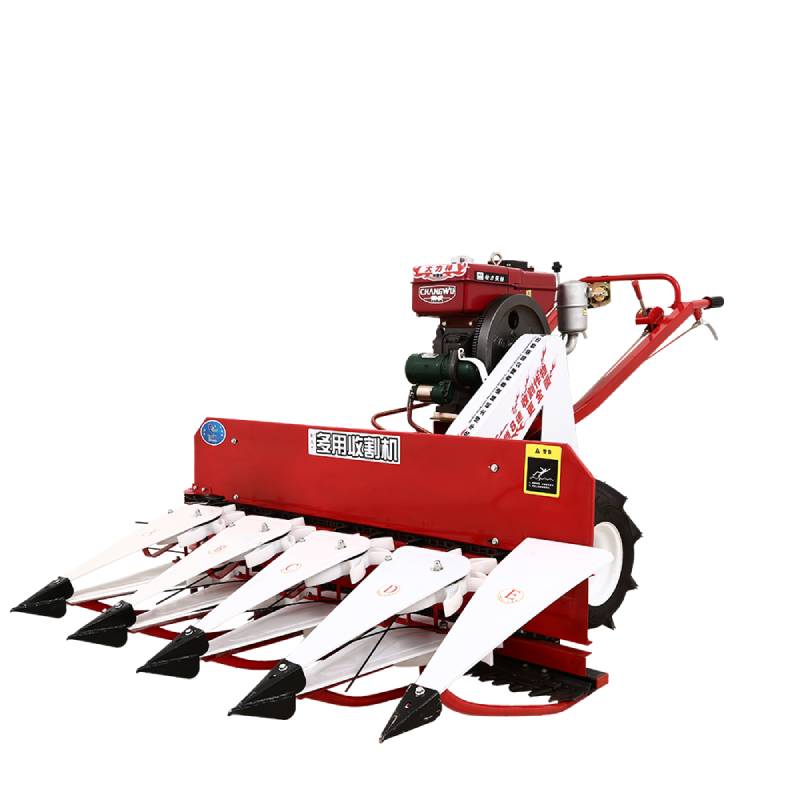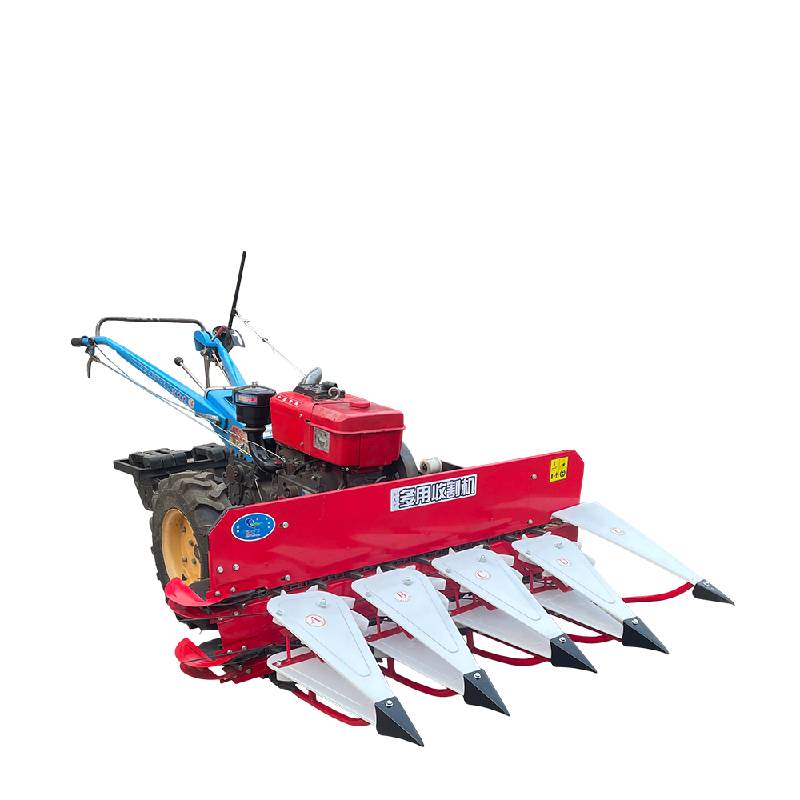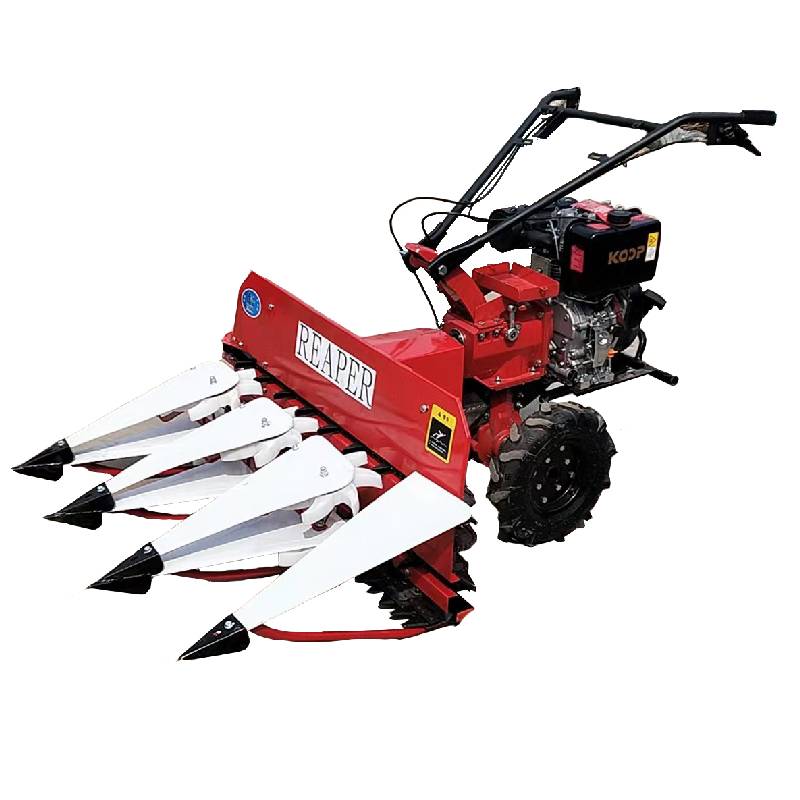Affordable Prices for Reaper Rice Combine Harvesters on the Market
The Price of Reaper Rice Combine Harvesters An Essential Investment for Modern Agriculture
In today's rapidly evolving agricultural landscape, efficient machinery plays a crucial role in maximizing crop yields and minimizing labor costs. Among the most essential pieces of equipment for rice cultivation is the reaper rice combine harvester. This machine not only streamlines the harvest process but also ensures that farmers can operate more efficiently in a competitive market. Understanding the pricing dynamics of these harvesters is critical for farmers looking to invest in their operations.
What is a Reaper Rice Combine Harvester?
A reaper rice combine harvester is a sophisticated piece of equipment designed specifically for harvesting rice. Combining the functions of cutting, threshing, and winnowing, it allows for a thorough and efficient harvest in a fraction of the time it would take manual labor. By effectively handling large swathes of paddy fields, these machines reduce the risk of crop loss due to delays in harvesting, ultimately leading to better product quality and yield.
Factors Influencing the Price
The price of reaper rice combine harvesters varies widely depending on several factors
1. Brand and Model Well-known brands with a reputation for quality and durability often command higher prices. Advanced models equipped with the latest technology (like GPS and automation features) will also be pricier than basic models.
2. Specifications The size of the harvester, engine power, cutting width, and additional features like self-propulsion or the ability to operate in wet conditions can all impact pricing. More powerful and technologically advanced models tend to be more expensive.
reaper rice combine harvester price
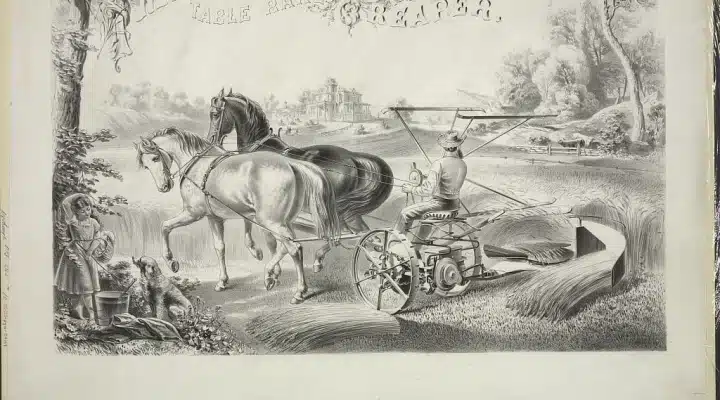
3. Market Trends Supply and demand play significant roles in determining prices. For instance, during peak harvesting seasons or in areas affected by natural disasters that have diminished crop yields, demand for combine harvesters may spike, leading to higher prices.
4. Geographical Location Prices can also vary significantly based on location. In regions where rice is a staple crop and the demand for harvesting equipment is consistently high, prices may be higher than in areas where rice farming is less common.
5. New vs. Used Equipment New combine harvesters are generally more expensive, typically ranging from $30,000 to $150,000, depending on the specifications and features. On the other hand, the used market can offer more affordable options, with prices often ranging from $15,000 to $80,000, depending on the age and condition of the machine.
The Cost-Benefit Equation
While the initial investment in a reaper rice combine harvester may seem daunting, farmers must consider the long-term benefits. Efficient harvesters can significantly reduce labor costs, cut down on harvesting time, and ultimately lead to increased profit margins. The ability to harvest crops quickly not only enhances yield but also minimizes the risk of crop degradation due to weather conditions.
Moreover, with the push towards sustainable farming practices, many modern combine harvesters are designed to minimize waste and energy consumption, aligning with broader environmental goals.
Conclusion
In conclusion, the price of reaper rice combine harvesters reflects a complex interplay of factors including brand, specifications, market trends, and location. While the investment can be substantial, the benefits of efficiency, productivity, and potential profit increases make them invaluable tools for rice farmers looking to thrive in today's agricultural economy. As technology continues to advance, the future of rice harvesting looks promising, ushering in an era of enhanced productivity and sustainability in agriculture. Investing in a combine harvester is, therefore, not just a purchase; it’s a strategic decision that could yield significant returns in the long run.
Latest news
-
When to Upgrade Your Old Forage HarvesterNewsJun.05,2025
-
One Forage Harvester for All Your NeedsNewsJun.05,2025
-
Mastering the Grass Reaper MachineNewsJun.05,2025
-
How Small Farms Make Full Use of Wheat ReaperNewsJun.05,2025
-
Harvesting Wheat the Easy Way: Use a Mini Tractor ReaperNewsJun.05,2025
-
Growing Demand for the Mini Tractor Reaper in AsiaNewsJun.05,2025
